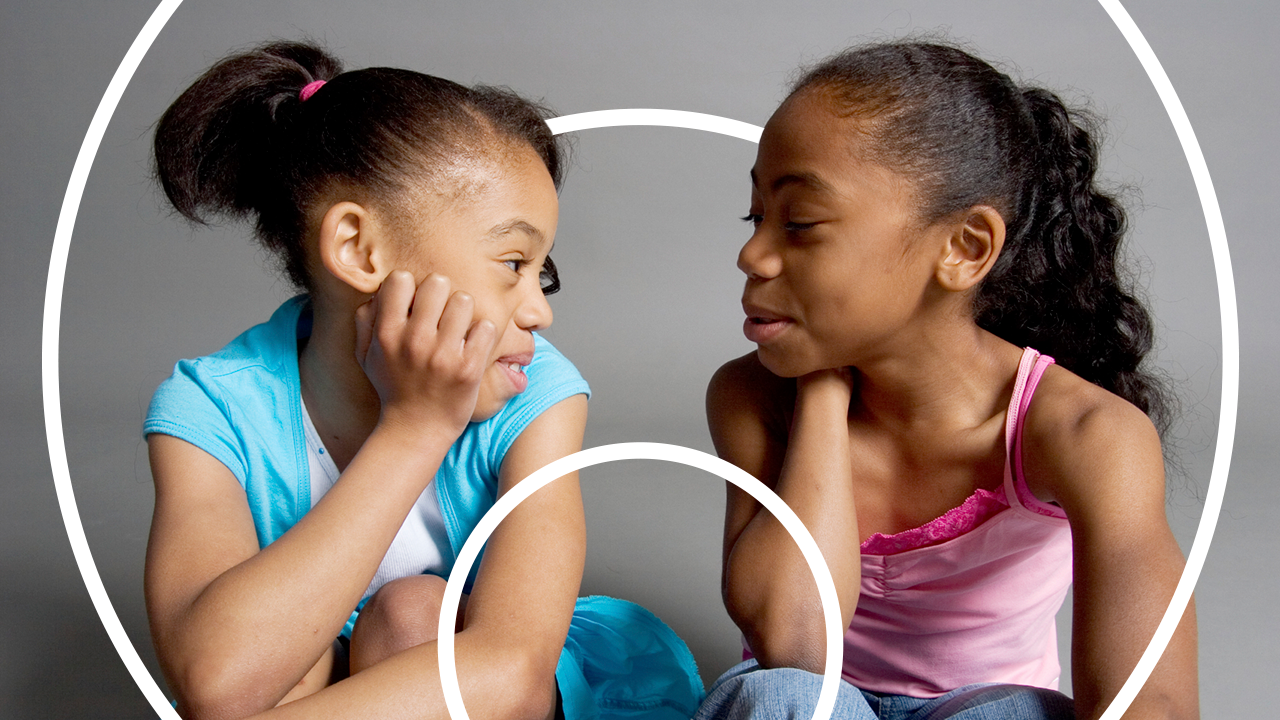February 8, 2017
5 Ways to Help Children Care More About Others
Below are five ideas for helping children expand their “Circles of Concern” so they are more aware of and begin to build empathy for many different kinds of people.
These days, it can feel like caring is in a downward spiral—especially when it comes to our ability to care for those who are outside of our immediate circles of friends and family and those who look, worship, or vote differently than we do.
Indeed, Making Caring Common research suggests that caring hasn’t been a priority for young people or their parents when compared to personal happiness or achievement. In our 2013 survey of 10,000 youth, 80% told us that achievement or happiness is their top priority, while only 20% identified their top priority as caring for others. Youth we surveyed were even more likely to say that their peers valued achievement and happiness over caring, and they were three times more likely to agree than disagree with this statement: “My parents are prouder if I get good grades than if I’m a caring community member.”
One of the key strategies that we developed to help parents and educators combat this trend is our “Circle of Concern” exercise. Circle of Concern acknowledges that, while empathy for those in our immediate “circles” of family and friends tends to come naturally, developing empathy for people outside those circles must often be more intentional.
Because these exercises are intended to help build children’s empathy “muscles,” commit to them for at least six to twelve months.
- Hit the library. Create a reading list of books in which the main character is different from your child in a significant way, and read and discuss at least one book each month (Common Sense Media and your local librarian are excellent resources for compiling an age-appropriate reading list). How is the book’s main character different from your child? How are they the same? What is one question your child would ask the character if he or she had the chance? Would your child want to be friends with the main character? Why or why not?
- Map it out. Help your child learn about new countries and cultures by hanging a world map in his or her room or in a common space in your home. Spend some time each week researching and discussing the culture of that country (the Smithsonian’s online encyclopedia and the CIA’s World Factbook offer free online resources for this). Together with your child, develop five questions about each country you choose. For example, how do people greet each other? How do they say goodbye? What foods do people eat? What holidays do they celebrate? Older children might be interested in the types of government in different countries and their human rights records (Amnesty International can be a good source for this information).
- Have a friendly competition. Who can say “hi” to the most new people in a week, you or your child? If it’s age-appropriate, keep a log of everyone you and your child greet in a notebook or on your phone (extra points for a selfie with new friends!). The winner gets to choose a special dinner or dessert at the end of the contest.
- Raise the stakes. Ready for more? Encourage your child to invite someone new to sit with her or him at lunchtime, invite a new friend over, and/or lend a hand to someone at school who isn’t a close friend. You’re not off the hook! Do the same at your workplace or in your neighborhood. Discuss the experience with your child afterwards. What did you both learn?
- Practice makes perfect. How can you and your child contribute to others in your own community? Whether it’s shoveling a neighbor’s driveway when it snows or taking a neighbor’s trash to the curb, organizing a park clean-up every few months, or bringing canned goods to a food pantry each month, discuss and choose a regular activity with your child that brings you both in touch with those who are in need in your community.
Interested in more research and strategies for raising kind kids? Visit us at www.makingcaringcommon.org and follow us on Facebook and Twitter.
This post was written by Alison Cashin, Director and Luba Falk Feigenberg, Research Director of Making Caring Common
Add Your Comment
i like it but what about socal meida
FEBRUARY 9, 2017 %>
